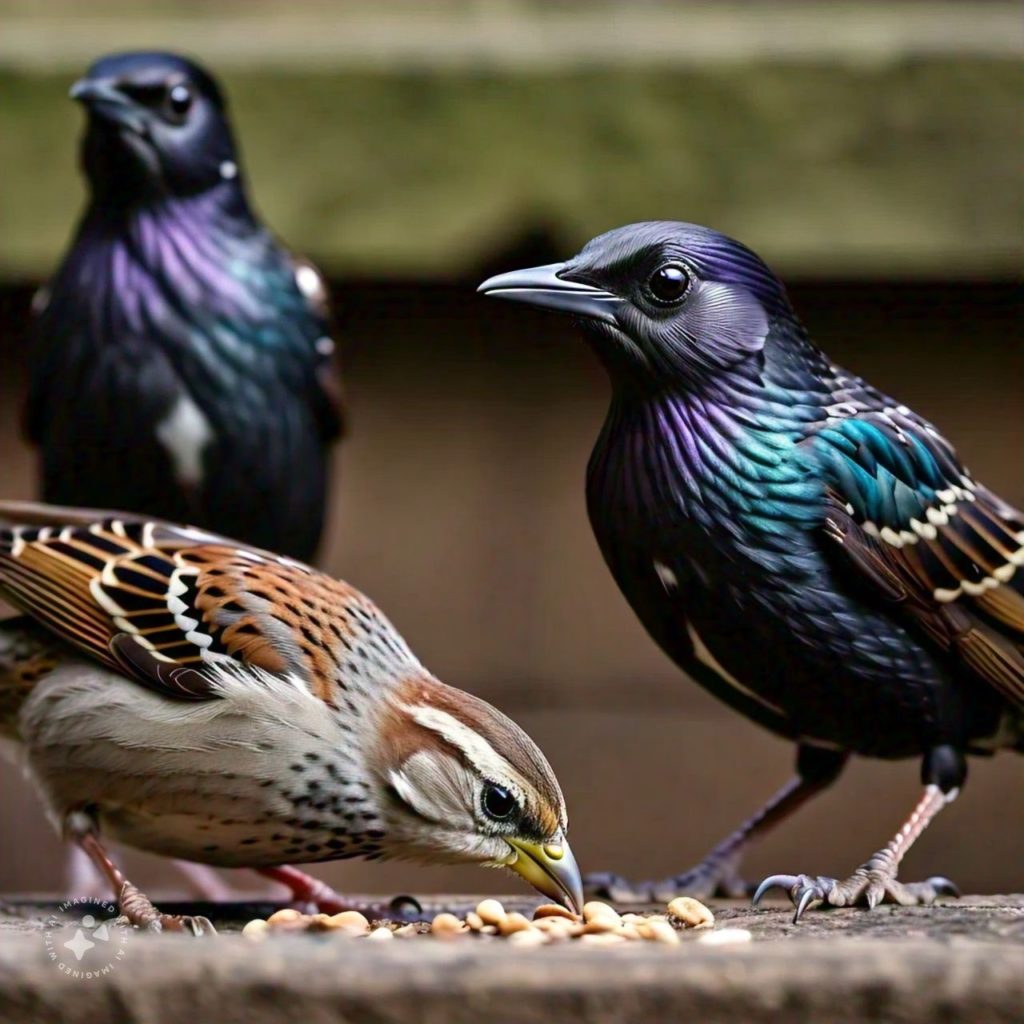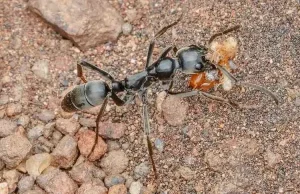Problematic Pest Birds in Urban Areas
When it comes to urban wildlife, starlings and sparrow pest birds are often overlooked. These small birds can cause big problems! As an eco-friendly pest control company, we understand the importance of addressing bird issues with sustainable solutions. In this blog, we will explore the challenges posed by starlings and sparrows and discuss the eco-friendly strategies for managing their populations.
The urban invasion of starlings and sparrows
Starlings and sparrows are among the most common birds found in urban areas worldwide. Their adaptability and resilience have enabled them to thrive in cities, but their presence can lead to several significant issues:
- Property damage: these birds often nest in buildings, causing structural damage. Their droppings can corrode metal, stain surfaces and pose health risks. Over time, this can lead to costly repairs for property owners.
- Health hazards: starlings and sparrows can carry diseases such as salmonella, histoplasmosis and ornithosis. Their droppings and nesting materials can contaminate food and water sources, posing serious health risks to humans.
- Noise and nuisance: Flocks of starlings and sparrows can create considerable noise, especially during nesting seasons. Their constant chirping and squawking can be disruptive to residents and businesses.
Understanding the behaviour of starlings and sparrows
To effectively manage starling and sparrow populations, it is crucial to understand their behaviour.
Starlings: Known for their iridescent plumage and distinctive yellow eyes (some species), starlings are highly social birds and extremely opportunistic feeders, consuming a wide variety of foods.
Sparrows: House sparrows are small, brown-grey birds commonly found around human habitation. They are cavity nesters, often building nests in crevices of buildings, roofs and even streetlights. Sparrows primarily feed on grains, seeds and insects.
Eco-friendly strategies for managing starlings and sparrows
As an eco-friendly pest control company, we prioritize sustainable and humane methods for managing bird populations. Here are some effective strategies:
- Habitat modification: Altering the environment to make it less attractive to starlings and sparrows is a key step. This can include sealing entry points to buildings, obstructing entry points into buildings, trimming trees and shrubs near structures, and reducing access to food and water sources.
- Exclusion techniques: Installing bird netting, spikes and other exclusion devices can prevent birds from roosting and nesting in/ on buildings. These measures are humane and can be highly effective when properly implemented.
- Natural predators: Encouraging the presence of natural predators, such as birds of prey, can help control starling and sparrow populations. Installing owl boxes or attracting hawks and falcons can create a natural deterrent.
- Decoy and distraction methods: Using decoys and reflective devices can deter birds from specific areas. Reflective tape, predator decoys and sonic deterrents can create an environment that starlings and sparrows find unappealing.
- Public awareness and education: Educating the public about the problems caused by starlings and sparrows and promoting responsible bird-feeding practices can help reduce the availability of food sources. So, community involvement is essential for long-term success.
Conclusion
Starlings and sparrows can pose significant problems in urban areas. Property damage, health hazards, and disruptions to daily life are just a few of the challenges these birds present. However, with eco-friendly pest control strategies, we can effectively manage their populations and mitigate their impact.





